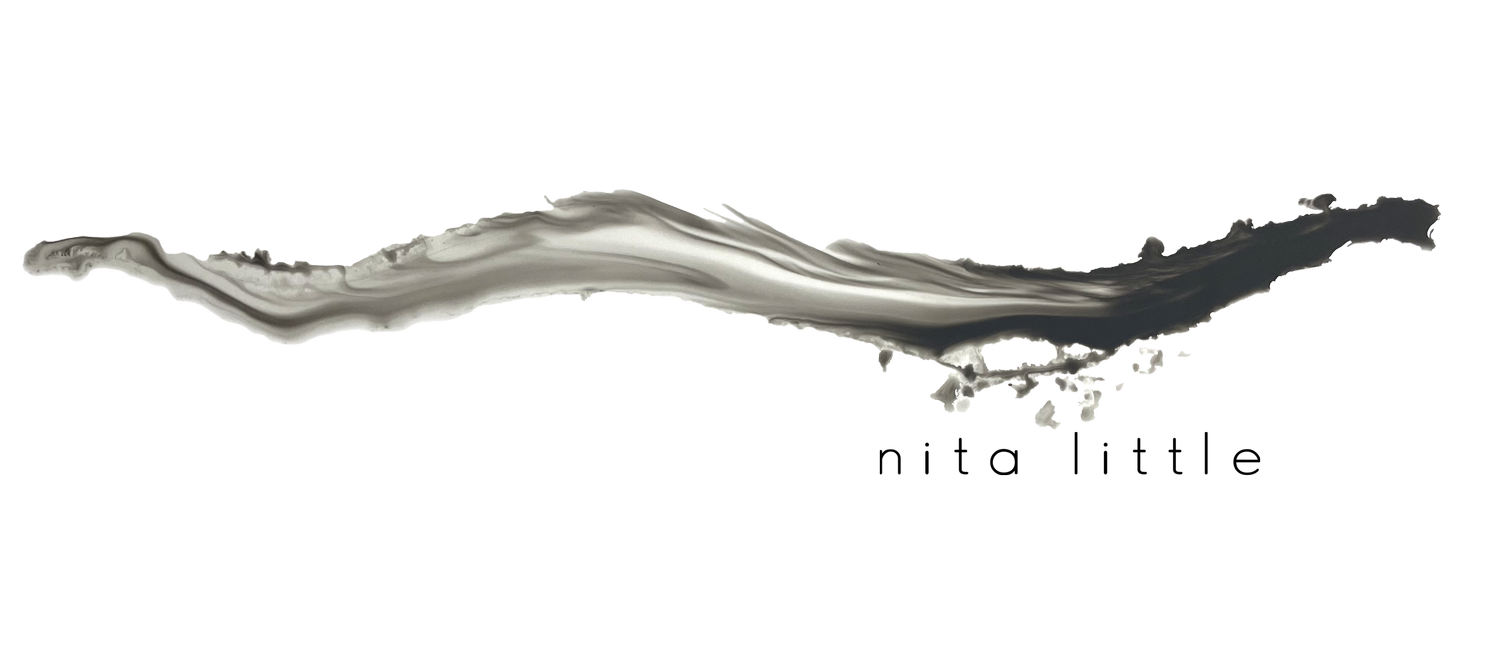February Asides
Presence is a Disturbance
We are social beings; we are relational beings. No matter what we do, we are in relations with something that is present to us, either in the present moment, the past, or the future. The presence of a thought is as relationally significant as the presence of a desk filled with to-do lists, or of a boss in the next room. As a performer, one’s ability to alter one’s presence is a skill that is expected but is not often taught alongside the social message to shine as an individual and shine brightly. I see it in most dancers on Instagram. Some of us are taught to disappear and take no space. I was raised to be “seen and not heard,“ which often meant to be still, hands by my side, and silent. Yet, I soared when I could spread my wings, reach out and take space.
What these early constraints taught me was that presence is a disturbance – but not merely in the social sense. Tracker Tom Brown Jr. learned to read these disturbances in the landscape, a person or a bird’s head turn, in a track. Like the motion of water, we are all always making big waves or small, one’s that touch the surface of our partner or penetrate deeply within their interior. We are all, always marking the places of our being, for better or for worse. As performers, this is a tremendous starting place. The skillful articulation of our presence is a key to relational responsibility. Yet, until we know how to act on either end of a scale that begins with disappearing into the current environment at one extreme, to dominating it at the other, our range is profoundly limited, as is our relational skill. Critical to these abilities is how we move, create, and engage the physicality of our attention. The ability to flex your presence means you hold a whole color-wheel of possible selves. It is a kind of freedom that most people never gain. To gain this wheel you will need to release the notion of a singular self. Now that’s a valuable self-less goal.
Matching
Matching is a social skill, although so is standing out. What happens when you match someone – moving as they move, standing alongside them to see the world as they see it? Rapport is a term often associated with notions of matching. If someone is upset and you want to help, rapport is important as a first step. It builds trust. It invites without pressure. If you are in the core de ballet and you want to be a flock of movers, matching is expected because you want to be more than one. If you want to disappear at a cocktail party, matching is a great beginning position, better than sitting alone and watching everyone. You can match without copying by choosing what you match. Tempo, tone, quality and size of presence – the list goes on.
Matching people is different than matching the non-human world of other beings. Think of a forest. Matching a forest may mean acting alongside the various living elements that are there, not positioning yourself in front of or “at” them. Standing, not in front of a tree, but alongside the tree. Treeing. Matching may mean not walking on a path but walking as the path, so that there is a conversation through your feet that does not pound, but rather seeks to merge – as if moving alongside the very thing you are moving upon. Consider the possibilities that your body could be a path. My buddy Kevin O’Connor did this within the context of an ISSC* CoLab Project and discovered he was faster and more true with each step. His fascia extended to join the path’s fascia. Now we start to have communion. How can we match the world and its multiplicities?
Excerpts from Nita’s Newsletter
